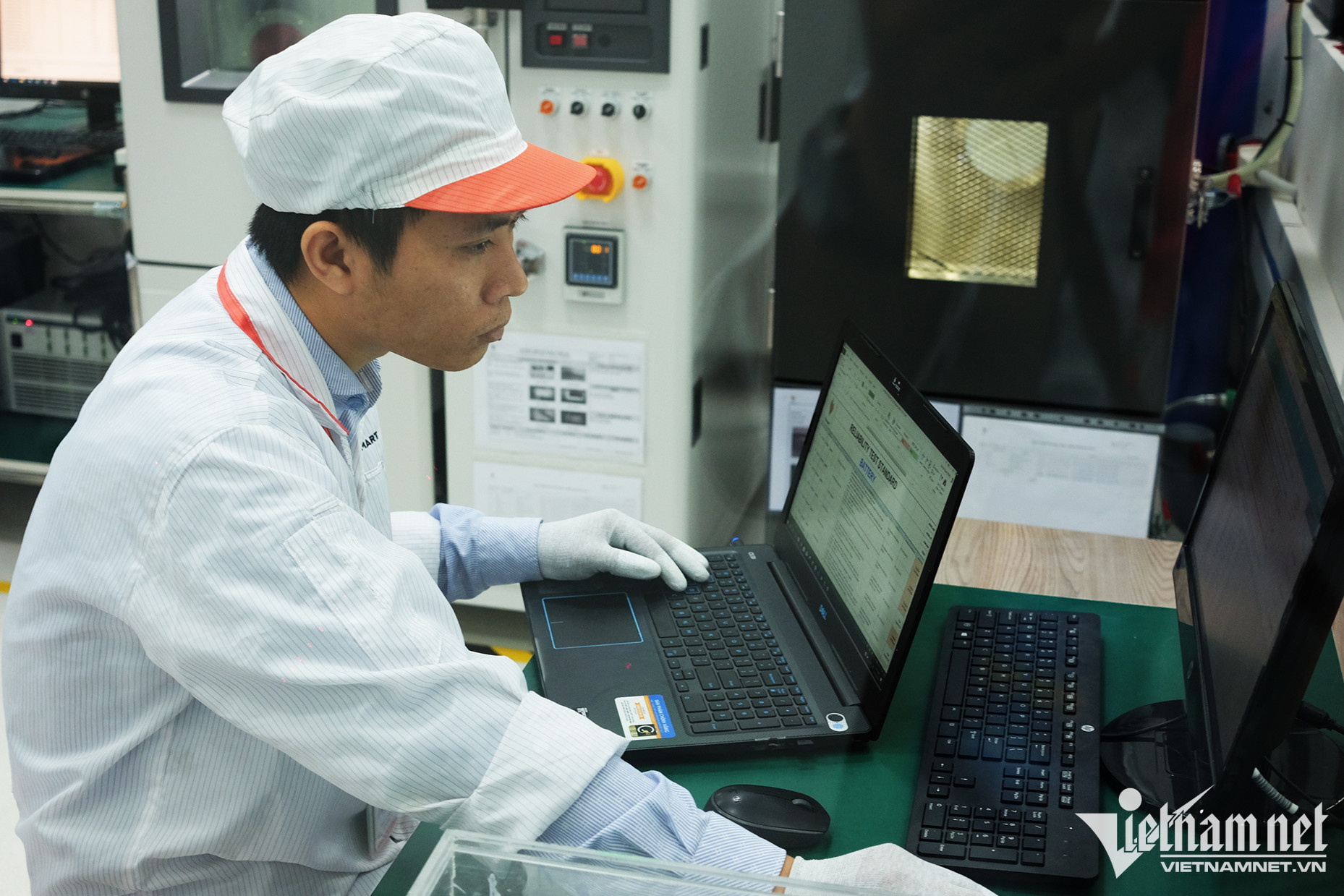
The growth rate of the ICT (information and communications technology) industry in recent years has been relatively high, 6-9 percent per annum, and it has often exceeded the GDP growth rate.
In 2022, the revenue of the ICT industry reached $148 billion, of which software made up $6 billion and electronic hardware $135 billion, which accounted for 17.8 percent of the entire industry.
However, Nguyen Thien Nghia from the Ministry of Information and Communications (MIC) said that it was the foreign invested sector which created the larger proportion of the results. In terms of hardware, up to 99 percent of electronic and telecommunication equipment used in Vietnam are imports from other countries.
“Vietnamese electronic enterprises still have limitations in scale and technology,” he explained.
In an effort to boost the development of ICT and the electronic industry, the government and MIC have been executing the "Make in Vietnam" strategy with a focus on designing, creating and manufacturing in Vietnam.
Pham Hai Phong, a researcher for the Institute for Industry and Trade Policies, said at a recent workshop that Vietnamese electronic part suppliers are positioned at the bottom of the smile curve.
“Vietnamese enterprises mostly undertake work with low added value such as production and assembly, while more important work such as branding, design and marketing are undertaken by foreign companies,” he explained.
Phong said South Korean companies mostly have first-class vendors from South Korea, while very few Vietnamese companies can become their partners and only provide very simple products.
In general, Vietnamese companies can only become second- or third-class vendors in the supply chain.
The Ministry of Industry and Trade (MOIT) said in electrical and electronic manufacturing, foreign invested enterprises (FIEs) make up a large proportion in the supply chain. Meanwhile, Vietnamese enterprises are small and weak in supply capability. They mostly manufacture electrical conductors, electronic boards and consumer electronic products such as medical and health equipment.
Do Thi Thuy Huong from the Vietnam Electronic Industries Association (VEIA) said Vietnam's electronics industry is large and labor-intensive which is different from the electronic industry in other countries.
This is because Vietnam focuses on assembly. Its two largest export markets are China and the US.
According to Huong, domestic electronic enterprises are facing challenges in technology, labor force and production administration.
The other challenge is that enterprises have to satisfy requirements in delivery schedules and quality of products, as well as observe strict requirements from buyers (multinationals).
She hopes the government and the National Assembly will issue consistent and stable policies, with encouragement for domestic enterprises.
Trong Dat